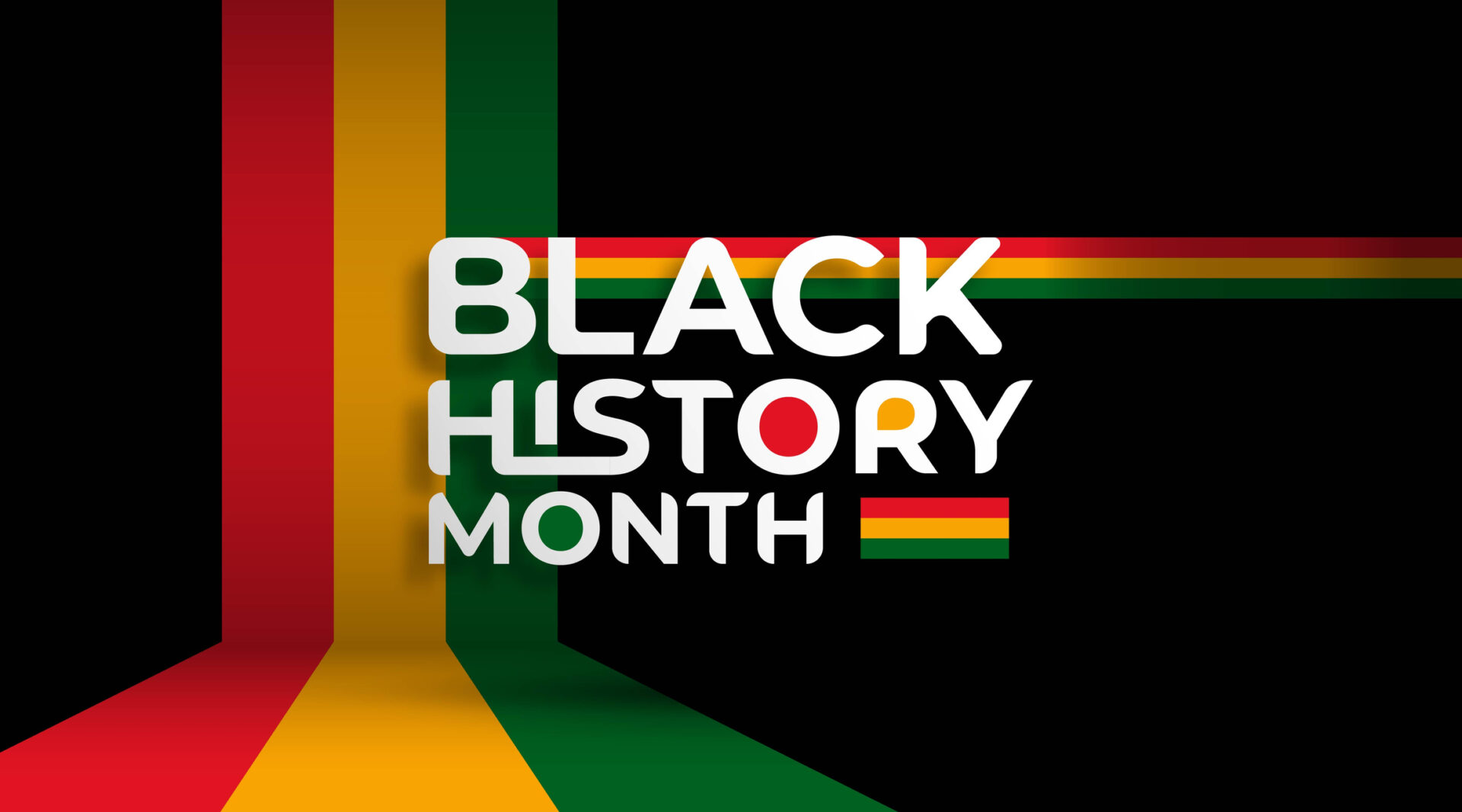In the U.S., March is Women’s History Month. With support from the U.S. Library of Congress, The National Archives, and the National Endowment for the Humanities, the month encourages observence and celebration of the contributions of women to American history.
Between high-profile college basketball tournaments in the U.S., tennis tournaments kicking into gear before the summer, and both Europa League and Champions League moving into the knockout stages, March is also a big month for sports in the U.S. and globally.
For National Women Physicians Day and International Womens Day, we looked at the impact the rise of women entering the healthcare workforce has on the field’s diversity efforts and patient outcomes. For Women’s History Month, we turn to the impact women are making in the field of sports medicine.
Reshaping the Field
Traditionally a male dominated field, more women entering medicine is helping reshape what sports medicine looks like for both men and women sports. This has had had an impact on impact on what mentorship and representation looks like in sports medicine, but Susan Joy, MD, co-director of the Kaiser Permanente Sports Medicine Center, says that this has also led to women being left out of sports medicine research.
Differences in movement patterns and muscle activation leads to different types of injuries and different kinds of treatment even for similar types of injuries between men and women. Joy argues that more women doctors in sports medicine means more than just representation. It means a deeper understanding of the injuries women are more likely to experience and more interest in researching those injuries, treatment plans, which leads to healthier athletes.
An article from Michigan Medicine, the University of Michigan’s medical school, notes the rise of women athletes since Title IX passed in 1972. Between 1971 and 2018, women went from representing just 7 perecent of high school athletes to accounting for 43 percent. Similarly, the Olympics has seen the percentage of women athletes double since the 1984 Summer Games.
Eileen Crawford, MD, an assistant professor of Orthopedic Surgery and Sports Medcine in the University of Michigan’s sports medicine program supports Joy’s claim that the different injuries women face requires more women in sports medicine, saying a “one size fits all medicine isn’t enough.”
More than a Sport
Title IX created equal opportunities for women to participate in sports. With the increase in women athletes, we are now seeing a push for equality and equity in opportunities for exposure and pay.
However, as more women participate in sports, more women are also being introduced to the field of sports medicine at an early age. Unfortunately, through this exposure, women athletes are more likely to experience gender bias that includes distrust in severity of injuries, mistreated injuries, and even sexual harrassement. Uncoscious biases in all fields of medicine has been a major motivator behind calls to diversify healthcare. This is no different in sports medicine.
As more women enter into sports medicine, it not only benefits women athletes, but, as Leena Patel, DO, associate director for Kaiser Permanante says, it creates more mentors who encourage women to pursue the profession.






